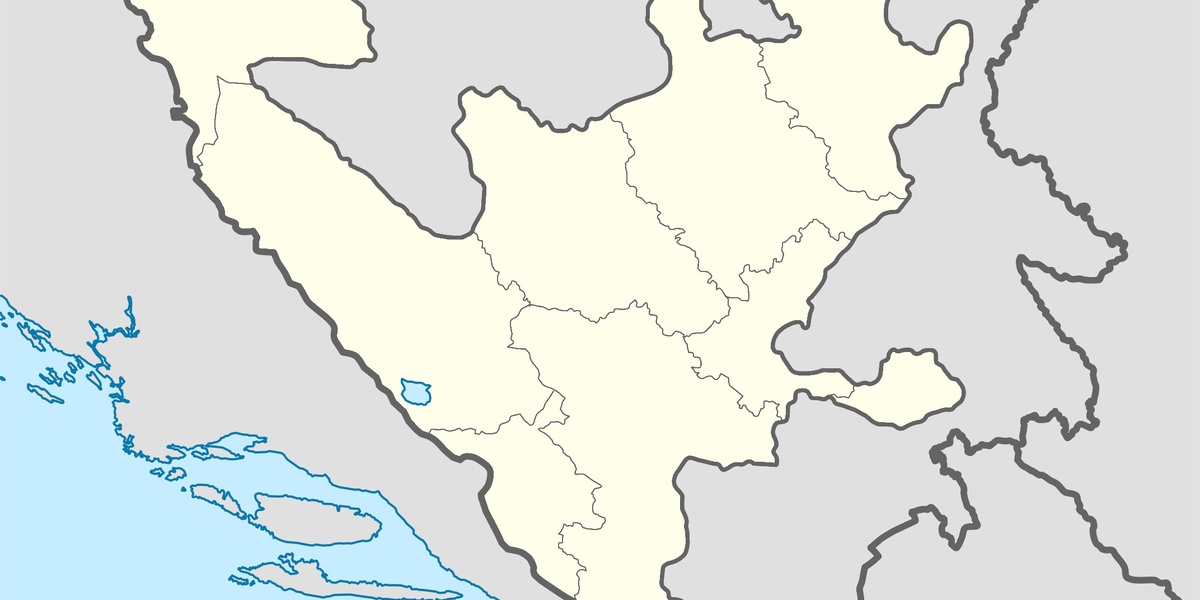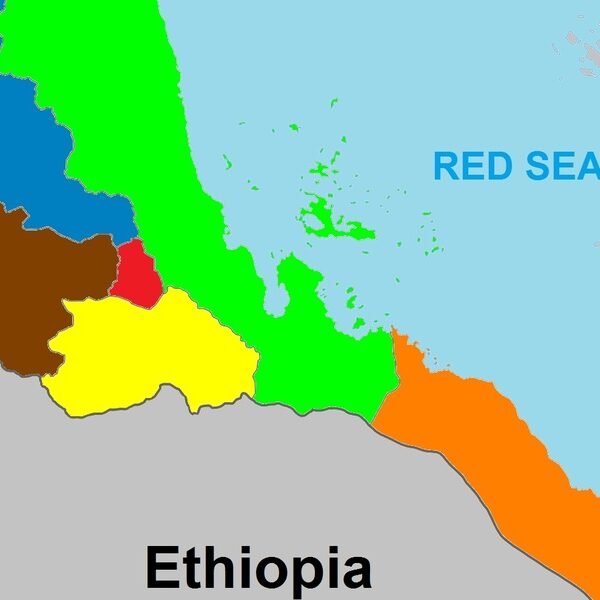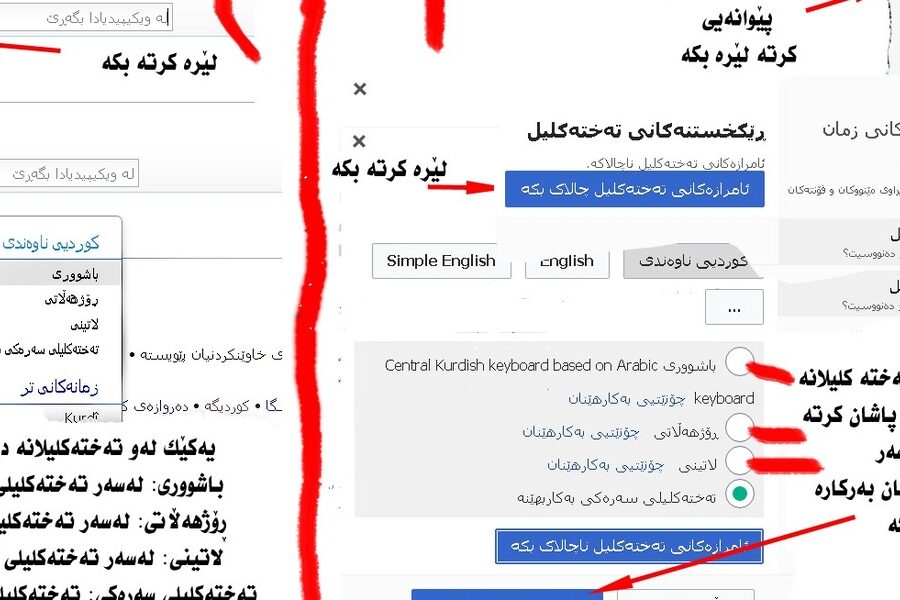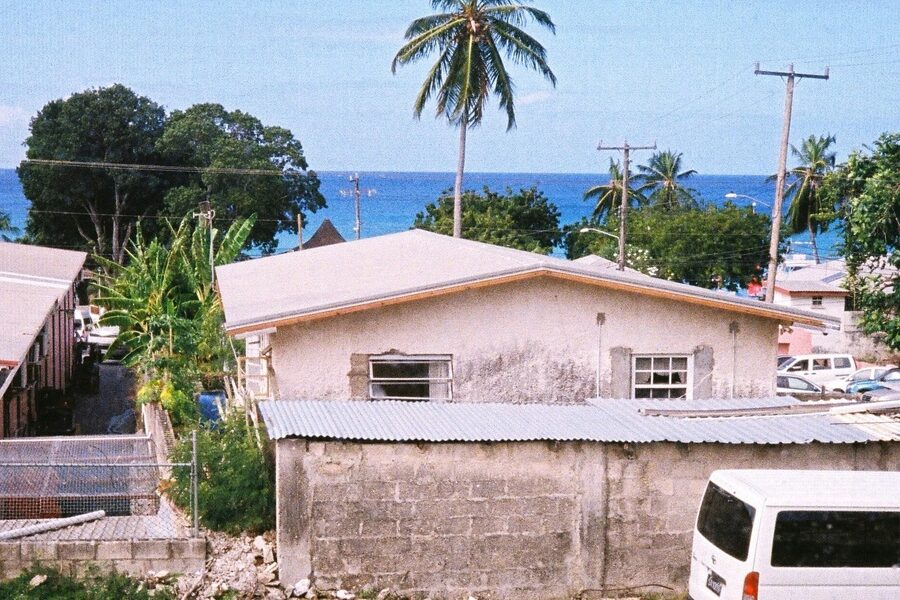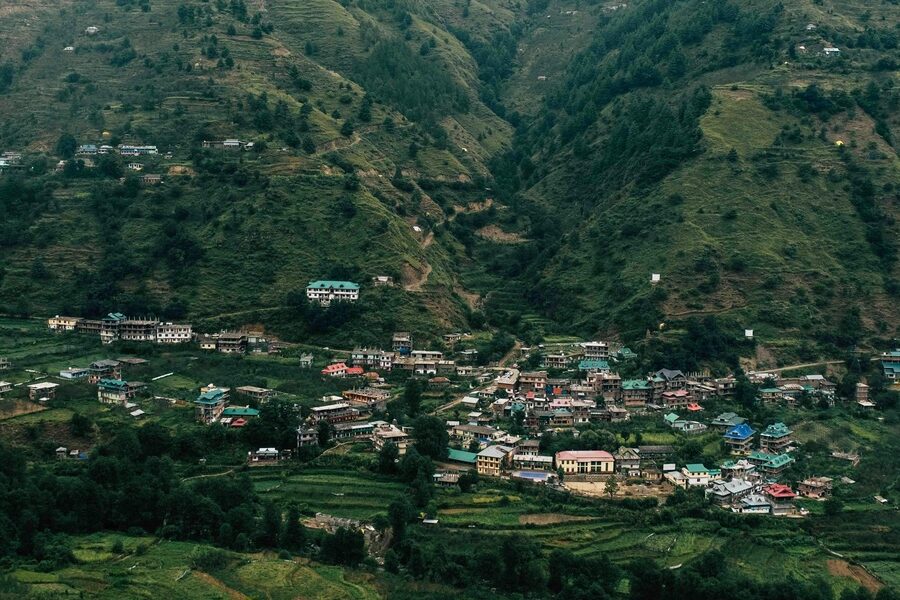Bosnia and Herzegovina sits at a cultural crossroads in the western Balkans, where local speech reflects a patchwork of history, terrain and community life. From urban centers to mountain villages, small differences in pronunciation and vocabulary mark distinct local identities.
There are 11 Indigenous Languages in Bosnia and Herzegovina, ranging from Bosnian to Tuzla-Podrinje (Eastern Bosnian) dialect. For each entry the data are organized as ISO code,Speakers (est.),Regions — you’ll find below.
Which of these languages are still actively spoken today?
Most are still spoken, though vitality varies: some like Bosnian have large speaker communities and official use, while several dialects and minority languages persist mainly in rural areas or among older generations; community efforts and education determine how actively they’re transmitted.
How are speaker estimates and region assignments determined?
Estimates come from recent censuses, linguistic surveys and regional studies, often rounded and supplemented by field reports; region assignments reflect historical distribution and current concentration but can overlap where communities are mixed.
Indigenous Languages in Bosnia and Herzegovina
| Name | ISO code | Speakers (est.) | Regions |
|---|---|---|---|
| Bosnian | bs | 1,800,000 | Federation; Sarajevo, Tuzla, Mostar, Zenica |
| Serbian | sr | 1,100,000 | Republika Srpska; Banja Luka, Doboj, East Bosnia |
| Croatian | hr | 500,000 | Herzegovina-Neretva, West Herzegovina, Central Bosnia |
| Romani | rom | 25,000 | Sarajevo, Tuzla, Banja Luka, Prijedor, Bijeljina |
| Judeo-Spanish (Ladino) | lad | 50 | Sarajevo historically; small communities elsewhere |
| Eastern Herzegovinian (Shtokavian) | none | 2,700,000 | Most of Bosnia and Herzegovina; Herzegovina, central Bosnia, Krajina |
| Bosnian Krajina dialect | none | 400,000 | Una-Sana, Banja Luka, Prijedor, Bosanska Krajina |
| Tuzla-Podrinje (Eastern Bosnian) dialect | none | 300,000 | Tuzla Canton, Brčko, Podrinje region |
| Herzegovinian dialect | none | 350,000 | Herzegovina: Mostar, Stolac, Trebinje areas |
| Medieval Bosnian (Old Bosnian) | none | 0 | Medieval Bosnian state (historic regions) |
| Gurbeti (Romani dialect) | none | 10,000 | Sarajevo, Tuzla, Banja Luka, regional towns |
Images and Descriptions
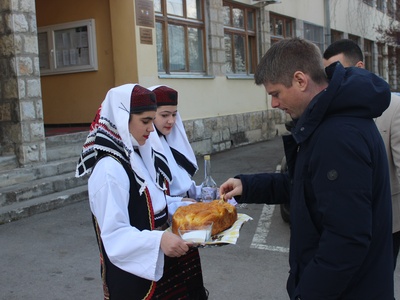
Bosnian
Bosnian is a South Slavic standard language used by Bosniaks; one of three official languages in Bosnia and Herzegovina. Vital and widely spoken (not endangered). Notable for Ottoman/Turkish loanwords and being standardized from Eastern Herzegovinian Shtokavian dialect.
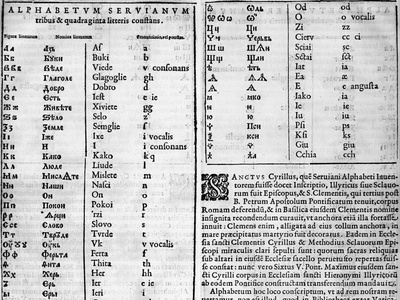
Serbian
Serbian is a South Slavic standard language used by Bosnian Serbs; one of three official languages. Widely spoken and vigorous. Notable for dual script tradition (Cyrillic officially used in Republika Srpska) and regional pronunciation variation.
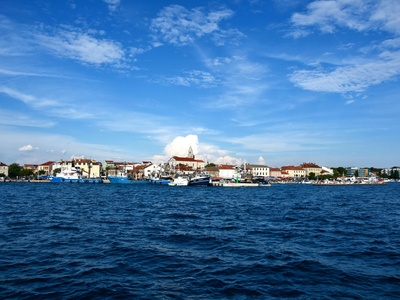
Croatian
Croatian is a South Slavic standard language used by Bosnian Croats; one of three official languages. Vital and actively used in education and media in Croat-majority cantons. Notable for Latin-only script and dialectal roots in Western Shtokavian/Ikavian speech.
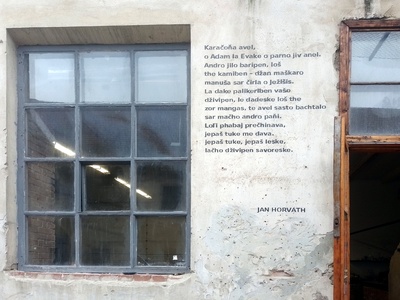
Romani
Romani is an Indo-Aryan minority language spoken by Roma communities across Bosnia and Herzegovina. Not officially recognized nationally; considered vulnerable or endangered by some sources. Notable for many local dialects (e.g., Gurbeti) and strong oral tradition.
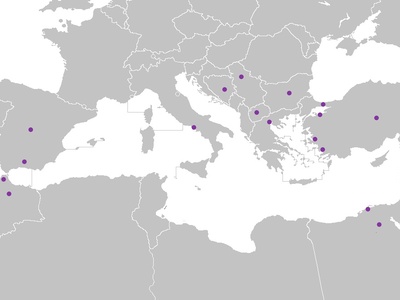
Judeo-Spanish (Ladino)
Judeo-Spanish (Ladino) was spoken by Sephardic Jewish communities in Bosnia, especially Sarajevo. Not officially recognized; now critically endangered or nearly extinct in-country with only a few elderly speakers. Notable for preserving medieval Spanish features and Hebrew influences.
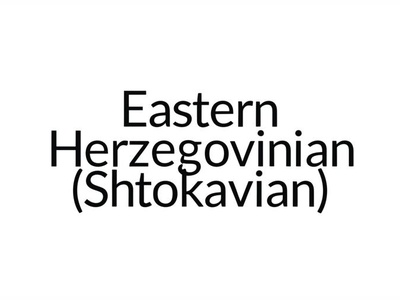
Eastern Herzegovinian (Shtokavian)
Eastern Herzegovinian is a Shtokavian dialect forming the basis of standard Bosnian, Croatian and Serbian. Not a separate legal language; vigorously spoken across Bosnia. Notable as the shared dialectal foundation of the region’s three standard varieties.
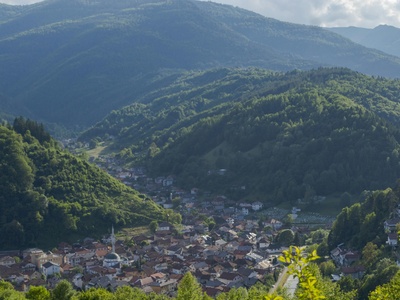
Bosnian Krajina dialect
The Bosnian Krajina dialect is a Shtokavian subdialect spoken in northwestern Bosnia (Bosanska Krajina). Not legally distinct; locally vital among rural communities but some decline due to migration. Notable for lexical and phonological features distinguishing it from central Bosnian speech.
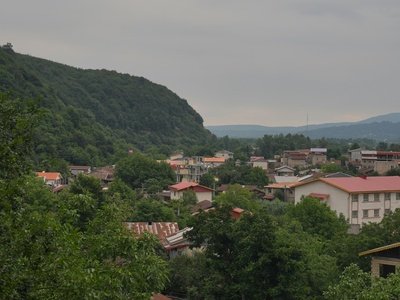
Tuzla-Podrinje (Eastern Bosnian) dialect
The Tuzla-Podrinje (Eastern Bosnian) dialect is a Shtokavian variety spoken in northeastern Bosnia around Tuzla and Brčko. Not legally separate; locally robust in rural areas but affected by urbanization. Notable for conservative phonology and some unique vocabulary.
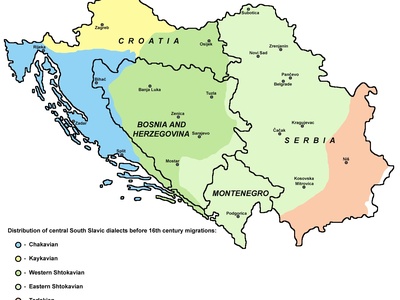
Herzegovinian dialect
The Herzegovinian dialect is a group of Shtokavian subdialects in southern Bosnia and Herzegovina. It heavily influenced the standard norms; not legally separate. Vital in rural and urban speech; notable for Ikavian/Ijekavian alternations and distinct stress patterns.
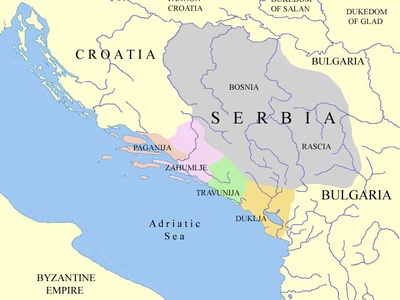
Medieval Bosnian (Old Bosnian)
Medieval Bosnian (Old Bosnian) refers to the historical Shtokavian varieties attested in medieval Bosnia and written in Bosančica. Extinct as a separate form; important for historical linguistics. Not applicable for legal status; notable for medieval inscriptions and documents.
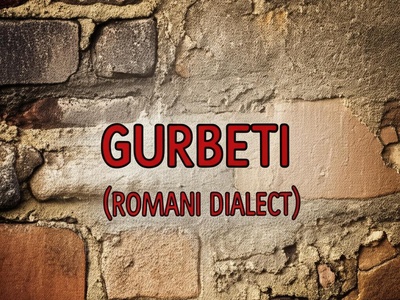
Gurbeti (Romani dialect)
Gurbeti is a Balkan Romani dialect common among Roma in Bosnia and Herzegovina. Not officially recognized; considered vulnerable with decreasing use among youth. Notable for heavy Balkan language contact influence and its role in communal identity and oral storytelling traditions.

